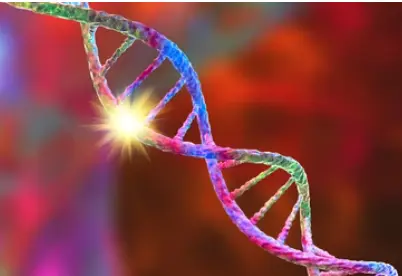 Welcome
Welcome
“May all be happy, may all be healed, may all be at peace and may no one ever suffer."
Pupil dilatation - Generics
Pupil dilation is the process by which the pupils of the eyes become larger in diameter. This occurs when the muscles in the iris (the colored part of the eye) contract and cause the pupil to expand. The opposite process, in which the pupils become smaller, is called pupil constriction.
Pupil dilation can occur naturally in response to changes in light levels. When there is less light, the pupils dilate to allow more light to enter the eye, and when there is more light, the pupils constrict to reduce the amount of light entering the eye.
Pupil dilation can also be induced artificially using eye drops or other medications. This can be done for a variety of reasons, such as to perform an eye exam, to treat certain eye conditions, or to prepare the eye for surgery.
In addition to its role in regulating the amount of light entering the eye, pupil dilation can also be an indicator of emotional arousal. For example, when a person is excited or afraid, their pupils may dilate involuntarily. This response is mediated by the sympathetic nervous system, which is responsible for the "fight or flight" response to stress.

Water treatment

Systemic lupus erythemato...

Dilatation of pupil

Condylomata acuminata

Bipolar disorder

Gastric cancer

Severe metabolic acidosis

Strains
Pupil dilatation, পুতুল বিচ্ছিন্নতা
To be happy, beautiful, healthy, wealthy, hale and long-lived stay with DM3S.